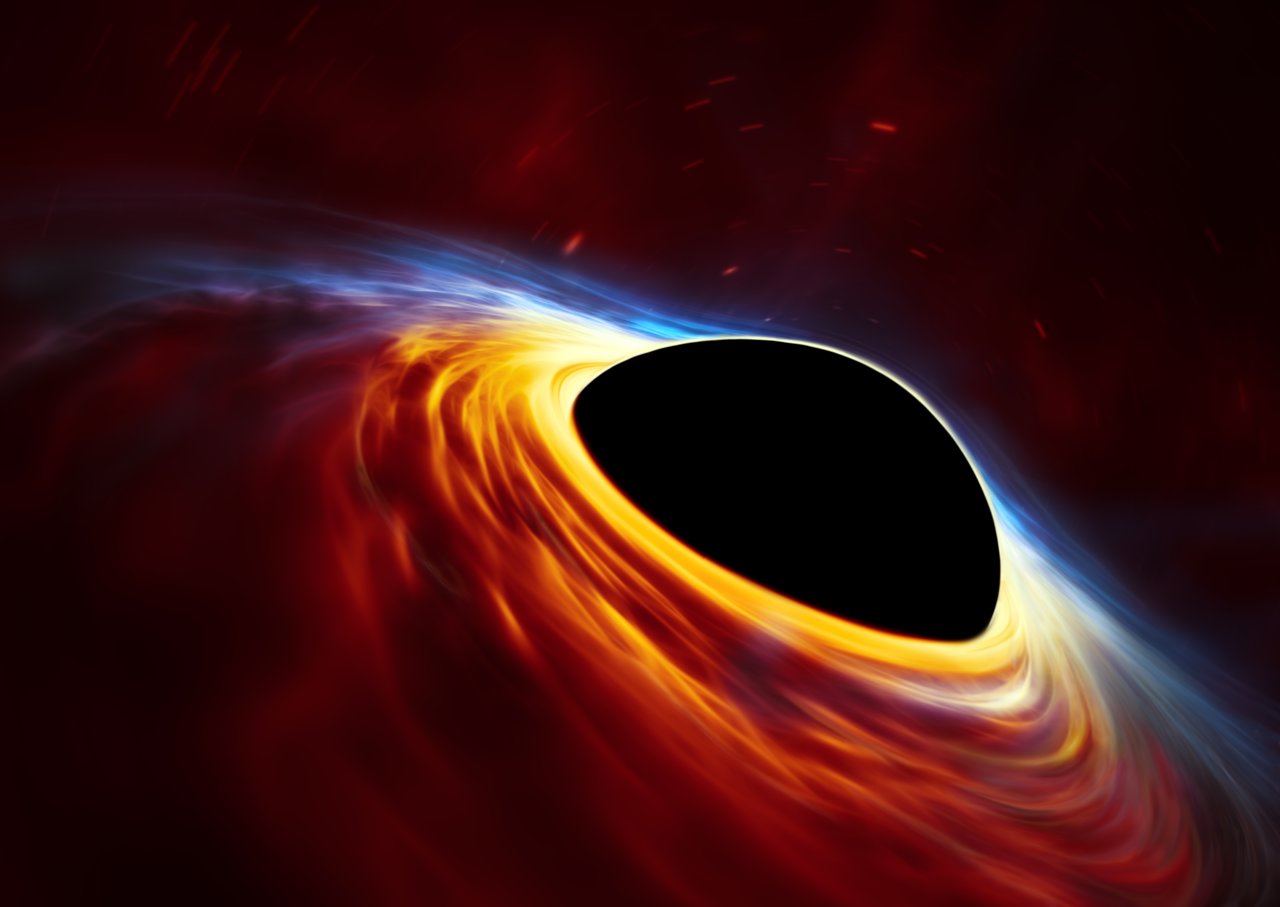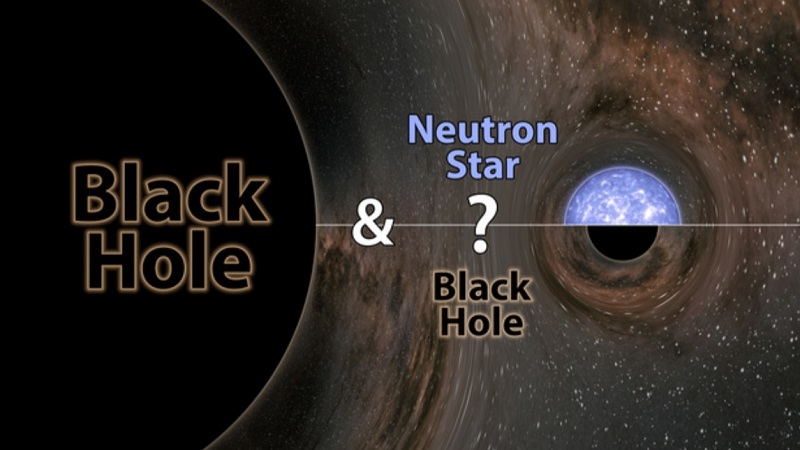

LIGO’s detectors in Washington and Louisiana, and the Virgo detector in Italy, bounce laser beams back and forth to measure how long it takes the light to travel. But they warp spacetime so minutely that they’re incredibly tough to detect. Travelling at the speed of light, gravitational waves wash over everything in their path. “Either way, it perked up our antennae the moment we saw it.” Listening for gravity If it’s a black hole, it’s an exciting mass for a black hole,” Kalogera says. “If it’s a neutron star, it’s an exciting mass for a neutron star. That all makes the identity of the odd object seen in GW190814 very tantalising. And because these exotic objects are the endpoints in stellar evolution, at some point, when all the stars burn out, they may be the only things left drifting through an otherwise vacant universe. Scientists are trying to work out where neutron stars end and black holes begin, since that boundary can reveal how matter behaves in the universe's most extreme conditions. Its mass places it in a murky zone between the heaviest known neutron stars-stellar corpses that are left over after stars explode in supernovae-and the lightest black holes, which form when a stellar remnant is compact enough to collapse into a point of infinite density. The mysterious object sits right at the tipping point between having a surface, like a star, and becoming a pit of bottomless space-time, aka a black hole. “We haven’t seen, with confidence, anything like this before,” says Vicky Kalogera of Northwestern University, who coordinated the report on the merger, published yesterday in Astrophysical Journal Letters. The other, gobbled up whole, was roughly 2.6 solar masses-and it’s a mystery object that defies definition. Astronomers determined that one of those objects was a black hole with as much mass as 23 suns. For millions or perhaps billions of years, the two objects orbited one another, spiralling closer and closer until they finally collided.

The collision, called GW190814, stands out from the dozens of cosmic mergers detected by the Laser Interferometer Gravitational-Wave Observatory (LIGO)-a collaboration involving hundreds of scientists-and its Italian counterpart Virgo. Here, three detectors sensitive enough to measure such minuscule perturbations recorded the merger-and as astronomers decoded the information written into the gravitational waves, they confronted an enigma. These wrinkles, called gravitational waves, travelled through the universe and eventually washed over Earth on August 14, 2019. Something mysterious has gone bump in the cosmos.Ībout 800 million light-years away, a black hole devoured an unidentified object, and the resulting cosmic merger released enough energy to wrinkle the fabric of spacetime.


 0 kommentar(er)
0 kommentar(er)
